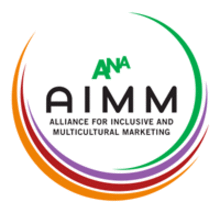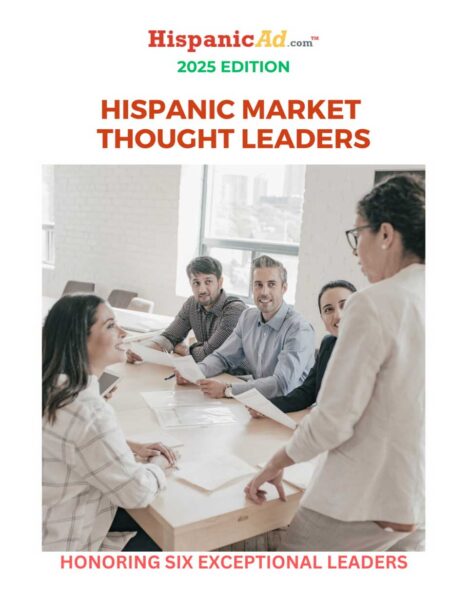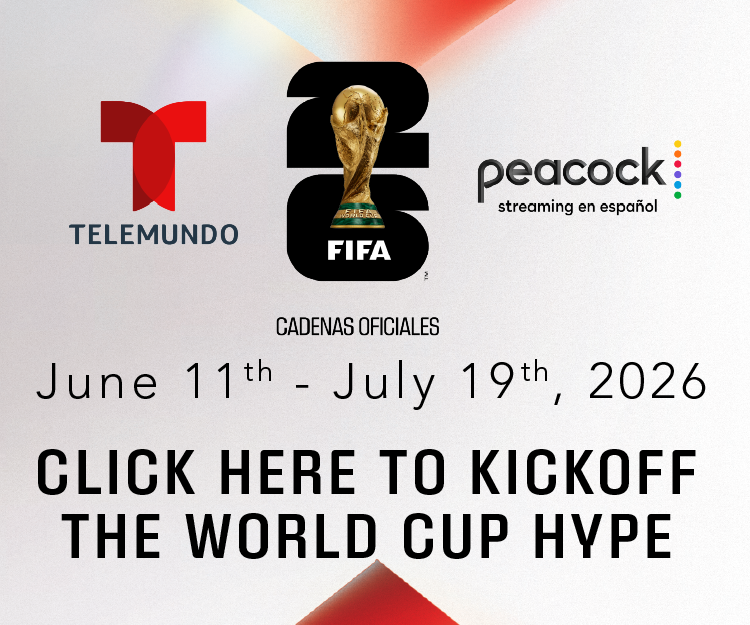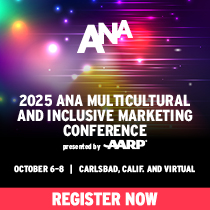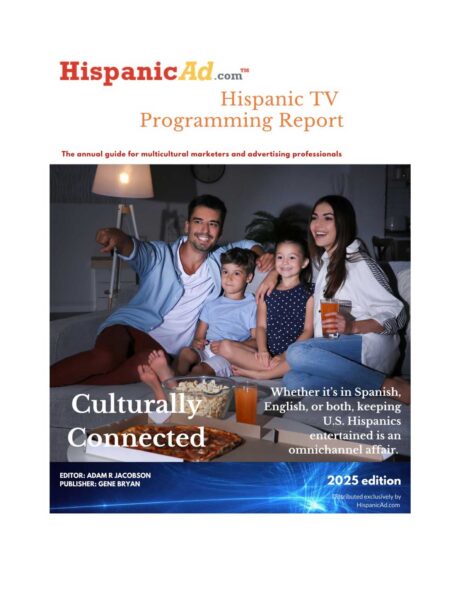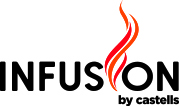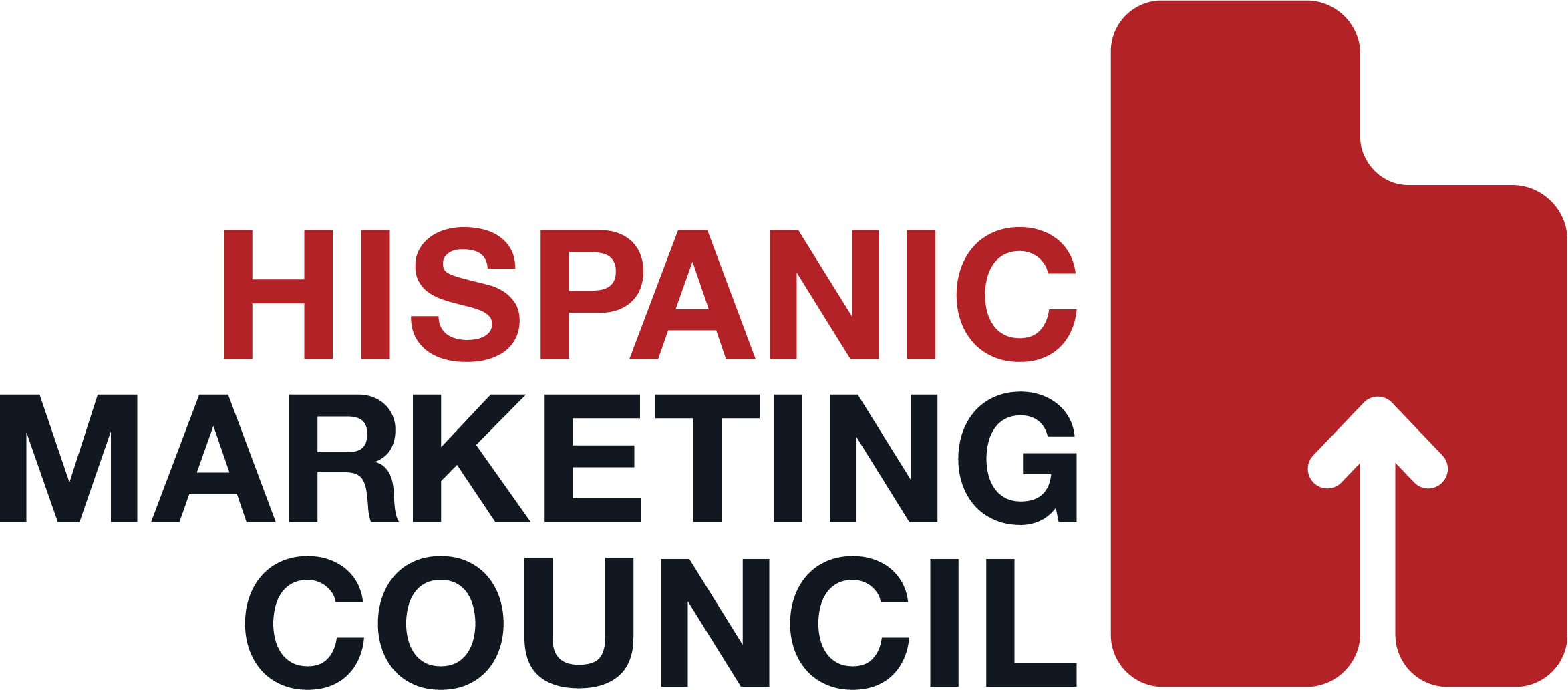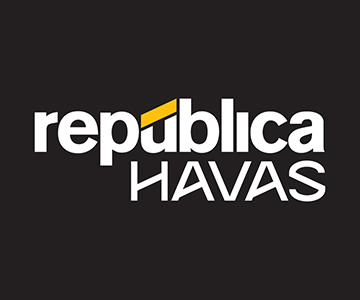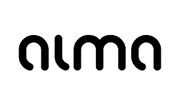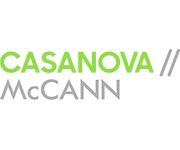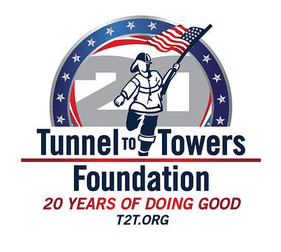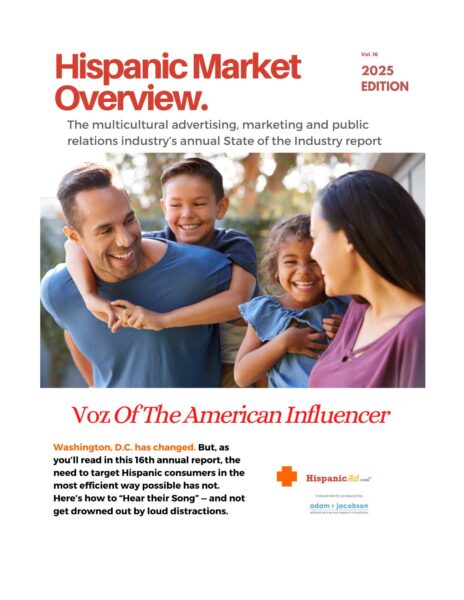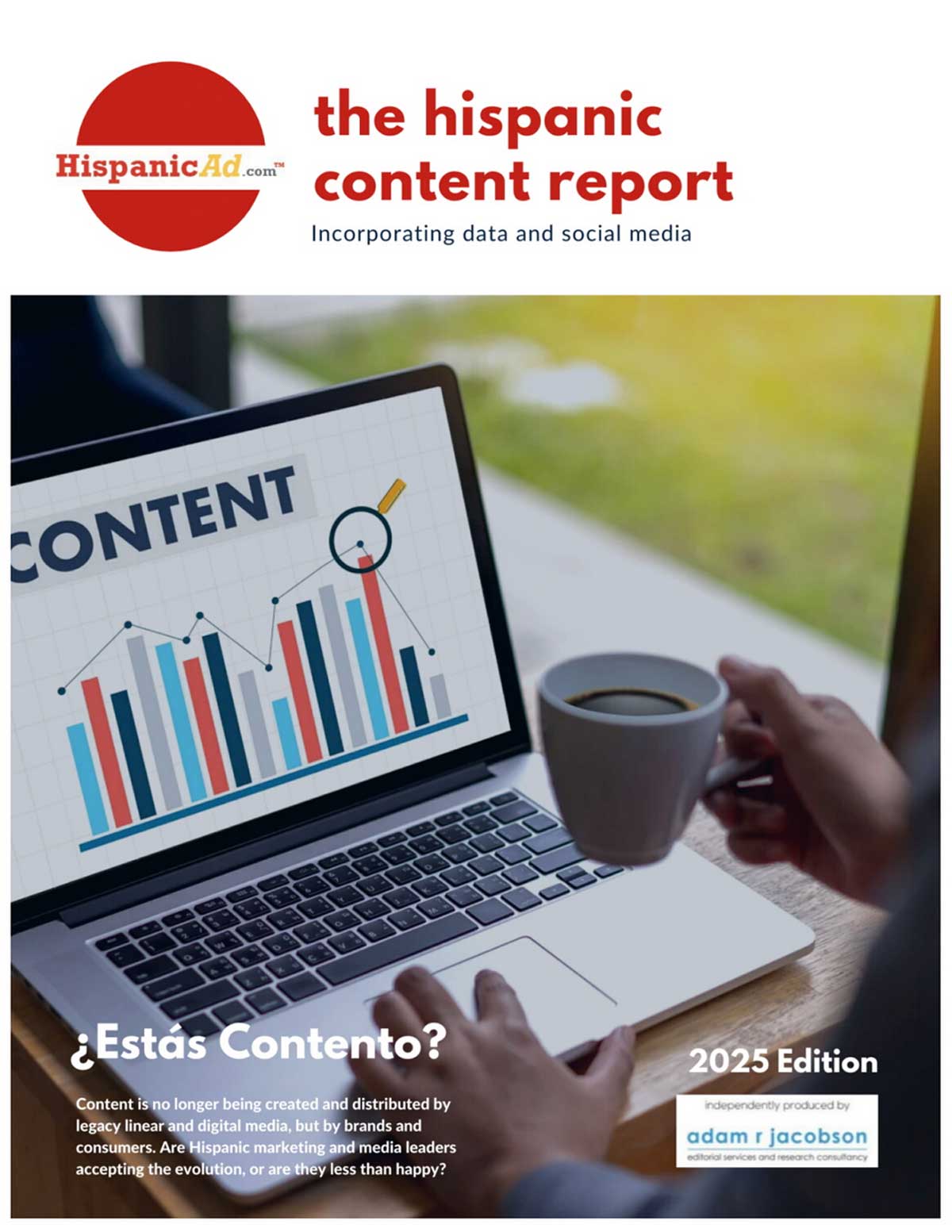Advertising Is Being Rebuilt. Independent Agencies Have a Window. Talent Does Too.
April 12, 2025
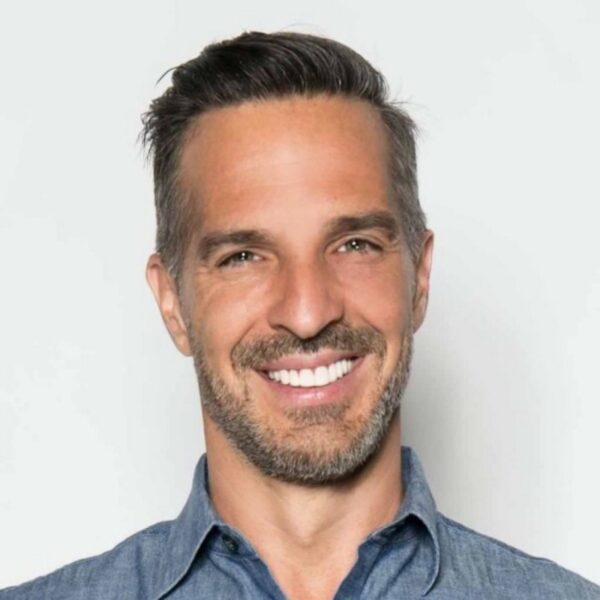 By John Santiago – Chief Executive Officer at Sangre
By John Santiago – Chief Executive Officer at Sangre
Over the past year or so, the advertising and marketing industry has gone through a shift many had seen coming from a mile away. What started as budget tightening quickly turned into something deeper. By now, we all know the headlines – thousands of job cuts, months of steady decline, and an industry-wide pivot that’s no longer just reactive.
Yes, this is where I say something everyone already knows: the large advertising holding companies aren’t just trimming their teams and talent. They’re attempting to rebuild their structures from the ground up. The focus now is on automation, AI, engineering talent, and fewer people doing more work – faster and cheaper. It’s not exactly a groundbreaking insight, I know. But this isn’t about the obvious. It’s about ideas we might consider doing next.
In this environment, independent agencies have a real opportunity to step into the spotlight. But agility, specialization, and creativity alone aren’t enough anymore. The classic reasons enterprise brands gravitated to the holding companies; scale, global support, pricing leverage, and a sense of security – are losing some of their allure.
This next part might feel like I’m giving you the “state of the industry” keynote slide, but stick with me. Access to global talent? Easier and more scalable than ever. Media pricing? It’s controlled by real-time auctions and algorithms, not relationships and volume. Martech? Off-the-shelf, affordable, and incredibly powerful. The field is flatter. What used to be advantages exclusive to the holding companies are now available to anyone who builds smart and lean. So what’s left? Risk.
That’s the puzzle independent agencies still need to solve.
Agencies need to look, feel, and operate like reliable partners to win with procurement and sustain enterprise-level relationships. That means mature systems, actual compliance structures, detailed reporting, and clear accountability. Not “we got it” – but “here’s how we’ve built it to scale and report transparently.”
We’re already seeing signs of this shift. In 2024, many Fortune 100 CMOs began pulling budgets away from the holding companies, not necessarily out of rebellion, but because they needed faster work, more transparent accountability, and more flexibility. And they’re finding it in places that aren’t saddled with bloated hierarchies and legacy workflows.
Unlock 1: Accountability at Scale
But here’s the catch: independent agencies that haven’t operationalized their internal systems will still struggle to land and keep these opportunities. Being creative isn’t enough. Being accountable at scale is the unlock.
Here’s the checklist that I believe will define the winners:
- A visible and demonstrable obsession with client outcomes
- Outcome-based pricing and clear ROI alignment
- Enterprise-grade systems and tech stacks
- Strong cybersecurity, privacy protocols, and compliance frameworks
- Scalable talent networks that flex globally
- Procurement integration baked into how you sell and deliver
Unlock 2: Partners, Not Passengers
And here’s something we don’t talk about enough: the structure of the agency itself. The independent agency itself can become a competitive advantage – if it’s built with intention. The era of the solo rockstar founder(s) or a top-heavy leadership model is fading fast. The recent uptick in private equity interest in acquiring independent agencies underscores a key learning: agencies that build a deep, experienced bench and distribute ownership are inherently more stable and scalable. Tying meaningful equity participation across the organization, not just to founders or C-suite leaders but also to strategists, creatives, analysts, and technologists, creates stronger retention and better alignment. Equity-based structures such as well-designed ESOPs don’t just reduce flight risk; they build real incentives for teams to think and act like owners. That’s critical in an environment where AI and automation can deliver speed and volume but not discernment. To deliver standout work, agencies need people who know what “great” looks like and who can guide, challenge, and fine-tune the outputs of their AI partners. The people who can do this best should be partners in the business, not passengers. That’s how you build something durable. If your vision is to scale, include everyone.
Unlock 3: Shared Outcomes
It is not just how the work gets done that is changing. The economics of the business are changing, too.
Clients know AI is accelerating timelines and reducing cost inputs. So the hourly model, while still clinging on in places, is quickly losing relevance. The better way forward is aligning pricing with outcomes. Performance-based models, success metrics, and incentive plans. Everyone wins when the work delivers what it’s meant to.
Speaking of performance, I’m not the first to say it, but I’m happy to repeat it – that awards are also becoming less relevant. In my 27 years in advertising, I’d purposefully never been to Cannes. As an owner and CEO, I understood the value of awards for team morale and new biz, but I couldn’t bring myself to play the game. I’d rather call a client with real results than sip rosé with other execs. While they were on the Riviera, I found it better value for my time and money to visit my clients (and also my competitor’s clients) who stayed behind running the business. It just felt like the better ROI.
Unlock 4: Bionic Talent
But this evolution in the process has real implications for talent.
Traditional knowledge work is being compressed by technology. Strategy, creativity, and operations are reshaped by platforms that can do the heavy lifting. What’s left is the leadership, vision, and curation layer. Great judgment can’t (yet) be automated. If you’re not already adapting to this shift, you’re behind. It means knowing how to brief AI, improve what it gives you, and ship work with speed and polish. The hybrid talent profile is no longer a nice-to-have.
This is all happening right now. You can see it in hiring patterns, client expectations, and deal structures. The agencies that are leaning in and rethinking how they’re organized, priced, and operating are already pulling ahead.
A new era of independent agencies is taking shape. Smaller, faster, sharper. More aligned. Less dependent on awards or headlines. More focused on repeatable value and operational clarity.
The opportunity for so many of our talented industry Indies is wide open.



